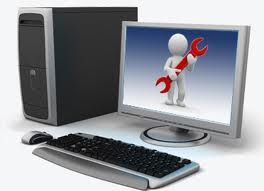
During the average lifespan of a computer, it's normal for you to have to troubleshoot your operating system. Some very lucky computer users will never know what this is like, but most people will encounter a virus or other less-serious error that affects the structure of Windows Vista. In these circumstances, you may need to check the system files for Vista, and Windows itself has you covered: Microsoft included a helpful utility called the System File Checker to do just this.
Instructions
Boot your computer into Safe Mode, especially if you can't access the regular Windows Vista desktop due to a missing system file. Shut off your computer and wait a few seconds, then turn it back on and tap "F8" before the Windows splash screen loads to access the Advanced Startup Menu. Use the arrow keys to choose "Safe Mode" and press "Enter." This loads a driver-sparse version of Windows that is useful for troubleshooting.
Click "Start" and choose "All Programs" and then "Accessories." Right-click on "Command prompt" and choose "Run as Administrator." Click "Allow" if Windows prompts you to confirm that you are the computer administrator. The command prompt opens: this is a DOS-like interface where you can enter commands to run utilities for troubleshooting and repair.
Type "sfc /scannow" at the prompt (the flashing cursor) and press "Enter." This starts Windows System File Checker, which scans the Windows installation directory for any corrupt, missing or non-authenticated versions of the Vista files. By default, the program replaces the files that don't match with System File Checker's record of your Vista install. When dealing with a virus this is particularly helpful, since some viruses replace system files with lookalikes that have the same name but destructive purposes.
Read more: http://goo.gl/Kx3wA



